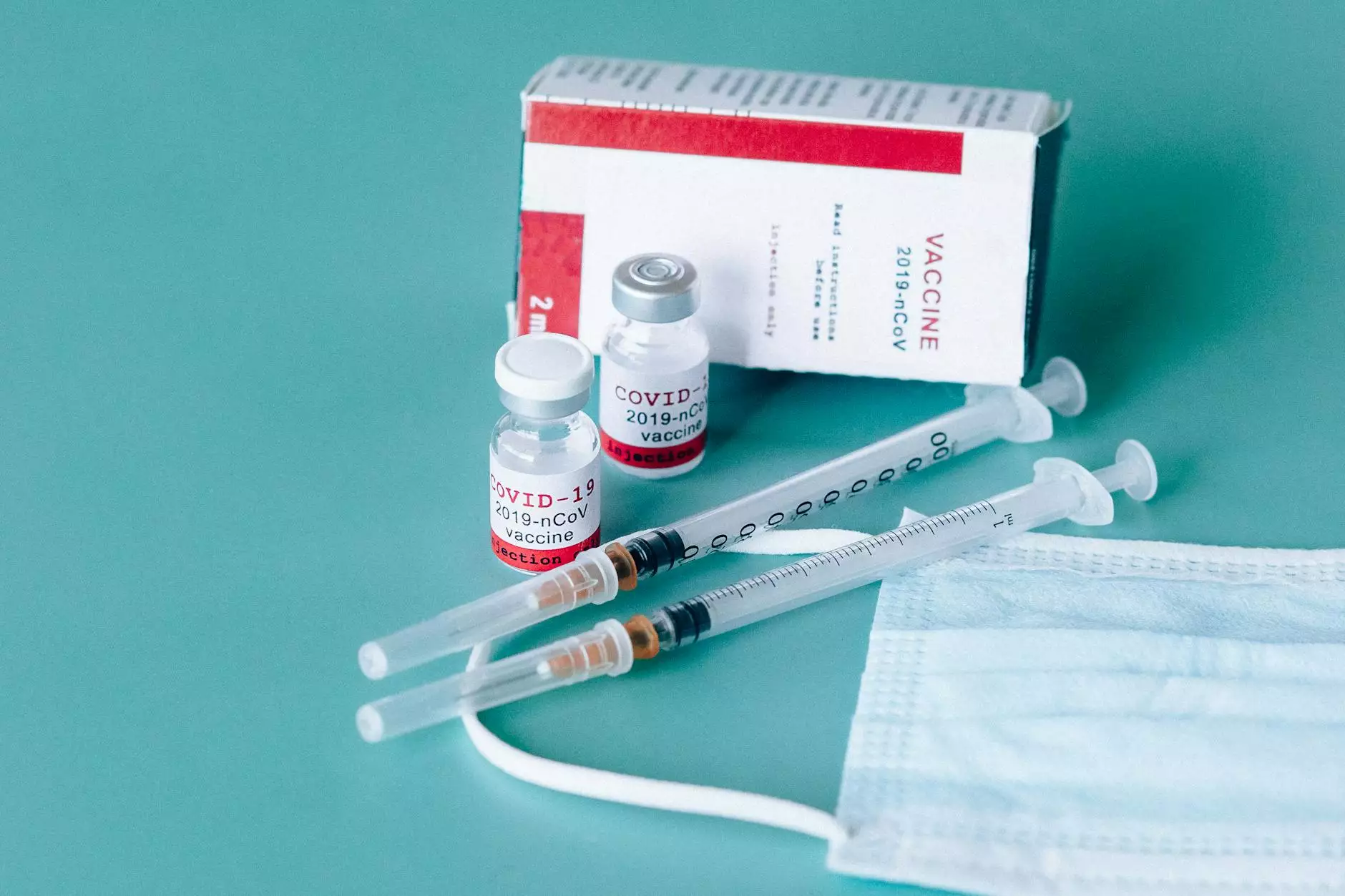Thrombophlebitis Signs and Symptoms - A Comprehensive Guide

Introduction to Thrombophlebitis
Thrombophlebitis is a medical condition that affects the veins, causing inflammation and blood clot formation. It can occur in various parts of the body, including the legs, arms, and even the neck. At Vein Center of Arizona, we understand the importance of identifying and treating thrombophlebitis promptly to prevent complications. Our dedicated team of doctors specializing in vascular medicine ensures that patients receive the highest quality of care.
Understanding Thrombophlebitis
Thrombophlebitis is characterized by the presence of blood clots in the veins, which results in inflammation. The condition can be either superficial or deep, with varying signs and symptoms. By recognizing and addressing these symptoms early on, patients can receive appropriate medical intervention and avoid potential complications. Below, we delve into the signs and symptoms of thrombophlebitis in detail:
1. Pain and Tenderness
One of the most common indicators of thrombophlebitis is pain and tenderness in the affected area. Whether it's the leg, arm, or neck, individuals may experience a throbbing or aching sensation. These symptoms may worsen upon touch or pressure, making mobility and everyday activities challenging.
2. Redness and Warmth
Thrombophlebitis often leads to noticeable redness and warmth around the affected vein. This inflammatory response occurs due to the body's attempt to fight off the blood clot. The area may appear visibly swollen, with the skin feeling warmer to the touch. It is crucial to seek medical attention if these symptoms are observed.
3. Swelling and Enlarged Veins
In some cases, thrombophlebitis can cause swelling in the affected limb. This swelling may be localized or extend to a larger area. Moreover, patients may notice prominent, enlarged veins due to the clot's obstruction in the blood flow. The affected limb may feel heavy and uncomfortable, hindering normal daily activities.
4. Skin Discoloration
As thrombophlebitis progresses, skin discoloration may become apparent in the affected area. The skin might turn a shade of red or blue due to the compromised blood flow caused by the clot. If you notice any noticeable changes in skin color, it is essential to schedule a consultation with our specialists.
5. Fever and Chills
In severe cases of thrombophlebitis, individuals may experience systemic symptoms such as fever and chills. These signs typically indicate the presence of an infection. If fever and chills accompany other symptoms of thrombophlebitis, immediate medical attention is necessary to prevent further complications.
When to Consult a Doctor
If you experience any of the above-mentioned signs and symptoms, it is crucial to seek medical attention promptly. At Vein Center of Arizona, our team of experts is well-versed in diagnosing and treating thrombophlebitis. By undergoing a thorough examination and diagnostic tests, we can determine the best course of action tailored to your individual needs.
Conclusion
Thrombophlebitis is a condition that necessitates early intervention and expert medical care to prevent further complications. At Vein Center of Arizona, our team of experienced doctors specializing in vascular medicine is devoted to providing high-quality healthcare solutions for individuals with vascular disorders.
If you are experiencing any signs or symptoms of thrombophlebitis like pain, tenderness, redness, warmth, swelling, skin discoloration, or fever/chills, we encourage you to schedule a consultation with us. Our experts possess the knowledge, skills, and resources to provide you with the best possible care.
Remember, when it comes to thrombophlebitis, timely diagnosis and treatment are crucial. Put your trust in Vein Center of Arizona, where your health and well-being are our top priorities.
thrombophlebitis signs and symptoms








